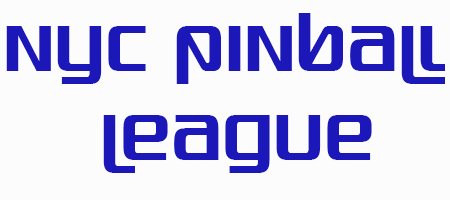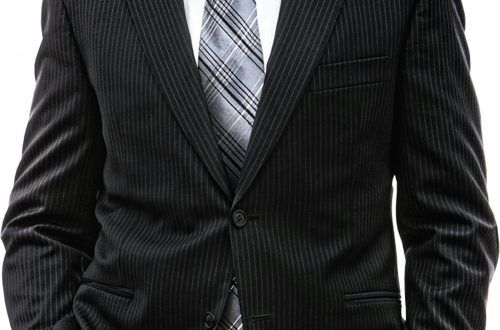Your Loneliness Is a Business Plan
The hiss of the steam wand cuts through a silence that has no right to be here. It’s a physical pressure, this quiet. The air in the coffee shop is thick with the ghosts of conversations, each one deferred to a small, glowing screen. I look up from my own rectangle of light and see a dozen others doing the same-not looking at each other, but looking from their phones to nothing in particular. A room full of people, each performing a perfect pantomime of public solitude. The clink of a ceramic mug on a saucer sounds like a gunshot.
The Lie We’ve Been Told
And the first thought, the one that always snakes its way in, is the old lie: what is wrong with me? Why is this so hard? It feels like a personal calculus I just can’t solve. A failure of charm, a deficit of courage. We’ve been trained to see it this way. An entire industry of self-improvement, with its 22-step guides and TED talks viewed 2 million times, is predicated on the idea that your isolation is a character flaw you can fix with the right life-hack or subscription service. Buy the book. Download the app. Manifest connection. If it fails, you just didn’t manifest hard enough.
I’ve tried. I’m admitting, right now, that I once spent $272 on a weekend workshop that promised to ‘unlock my authentic social self.’ It involved a lot of trust falls and sharing my deepest fears with strangers I’d never see again. It felt like a performance, and I felt more alone in that room of forced intimacy than I do in this silent cafe. We are prescribed solutions that target the individual because the alternative is too terrifying to consider: that the problem isn’t inside of us at all. The problem is the architecture of the world we were handed. It’s the predictable, profitable outcome of a society that systematically dismantles every communal space and then sells us a digital ghost to fill the void.
Solitude vs. Atomization
Think about Jordan A. He was a lighthouse keeper in the North Atlantic for 32 years. His job was, by definition, isolation. For months at a time, his only companions were gulls and the logbook where he meticulously recorded weather patterns. I read a collection of his journals once. He wasn’t lonely. He wrote about the personality of the fog, the anger of the waves, the deep, resonant connection he felt to the ships he guided from 22 miles away. His logbook contained 42 separate entries about a specific albatross he named ‘The Admiral.’ His was a chosen solitude, structured and filled with purpose. He was a vital node in a network, a human connection point for countless sailors he would never meet. He was isolated, but not atomized.
“We are atomized.”
“
Our modern loneliness is the opposite of Jordan’s solitude. It is an unstructured, chaotic isolation that happens in the middle of a crowd. It’s the result of suburbs designed with no sidewalks, where the only ‘third place’ is a strip mall. It’s the gig economy that pits workers against each other in a silent, app-based battle for ratings. It’s the slow erosion of unions, bowling leagues, and public parks-the very places where messy, unplanned, and unprofitable human connections once took root. The system creates the disease, then sells you 12 different brands of medicine, each with its own monthly fee.
The Contradiction of Connection
I find myself sneering at the idea of scheduled fun. I criticize the manufactured nature of book clubs or hiking groups designed explicitly to ‘meet people.’ It all feels so desperate. And then, last week, I signed up for a pottery class. This is the contradiction I live with. I see the trap, I understand its mechanics, and I walk right into it anyway. Why? Because the need for connection is a biological imperative, as real as hunger. You can know the food is junk, but if you’re starving, you’ll eat it. For a moment in that pottery studio, with clay under my nails, I had a brief flicker of something real with the person next to me over a misshapen bowl. It reminded me, strangely, of that time I laughed at a funeral. A completely inappropriate response, a social misfire born from some crossed wire of grief and absurdity. Both moments felt like a desperate gasp for air in a vacuum.
And the vacuum is where the market thrives. It’s a multi-billion dollar industry. Not just the self-help books, but the entire technological ecosystem built around our isolation. Dating apps that turn partners into collectable cards. Social media that gives us the dopamine hit of interaction without the substance of connection. The innovation is staggering. The market responds to every splinter of our fractured social lives with hyper-specific tools, from apps that find you a tennis partner to a sophisticated AI NSFW image generator that can create a perfect digital companion, bypassing the messiness and risk of human interaction entirely. We are sold frictionless connection, which is to real connection what a protein bar is to a shared meal.
It isn’t a bug. It’s a business model.
“
“
We are told to be more interesting, more vulnerable, more outgoing. We are not told that our cities have zoning laws that make it illegal to build the kind of mixed-use neighborhoods where communities naturally form. In 72 percent of American cities, these laws prioritize sprawling single-family homes over walkable density. We are not told that the average work week has crept up by nearly 12 hours since the 1970s, leaving us with a profound deficit of time and energy for the slow, inefficient work of building relationships. We’re not told that the number of people who report having zero close confidants has tripled in the last 32 years.
The Invisible Design Choices
Cities prioritizing single-family homes
72%
Increase in average work week since 1970s
+12 hrs
People with zero close confidants
x3
These are not personal failings. They are design choices. Economic policies. Urban planning decisions. They are the invisible cage bars we mistake for our own limitations. We are so busy trying to fix ourselves, to become more likable and less awkward, that we don’t have time to look up and see the cage.
I look around the coffee shop again. The barista calls out a name, and a woman detaches from her screen, retrieves her cup, and plugs right back in at her table. No eye contact. No ‘thank you.’ Just a seamless transaction. We have become incredibly efficient. We’ve optimized our lives for productivity and convenience, and in the process, we have optimized out the random, serendipitous, beautifully inefficient collisions that make us human. We’ve built a world that is wonderfully convenient for the individual and brutally hostile to the community.
The Ghost Limb
Maybe the first step isn’t to ‘put yourself out there’ more. Maybe it’s to recognize that we are not the problem. The hunger we feel is real and valid. It is a rational response to a starved environment. And it is not a flaw. It is a ghost limb, the phantom pain of a community that was amputated, piece by profitable piece. Jordan A., in his stone tower, surrounded by a thousand miles of angry ocean, was more connected to the world than the 42 people in this coffee shop. He had a function. He was a beacon. He was sending a signal. And we are, too, in our own silent way, just waiting for someone to see the light.



